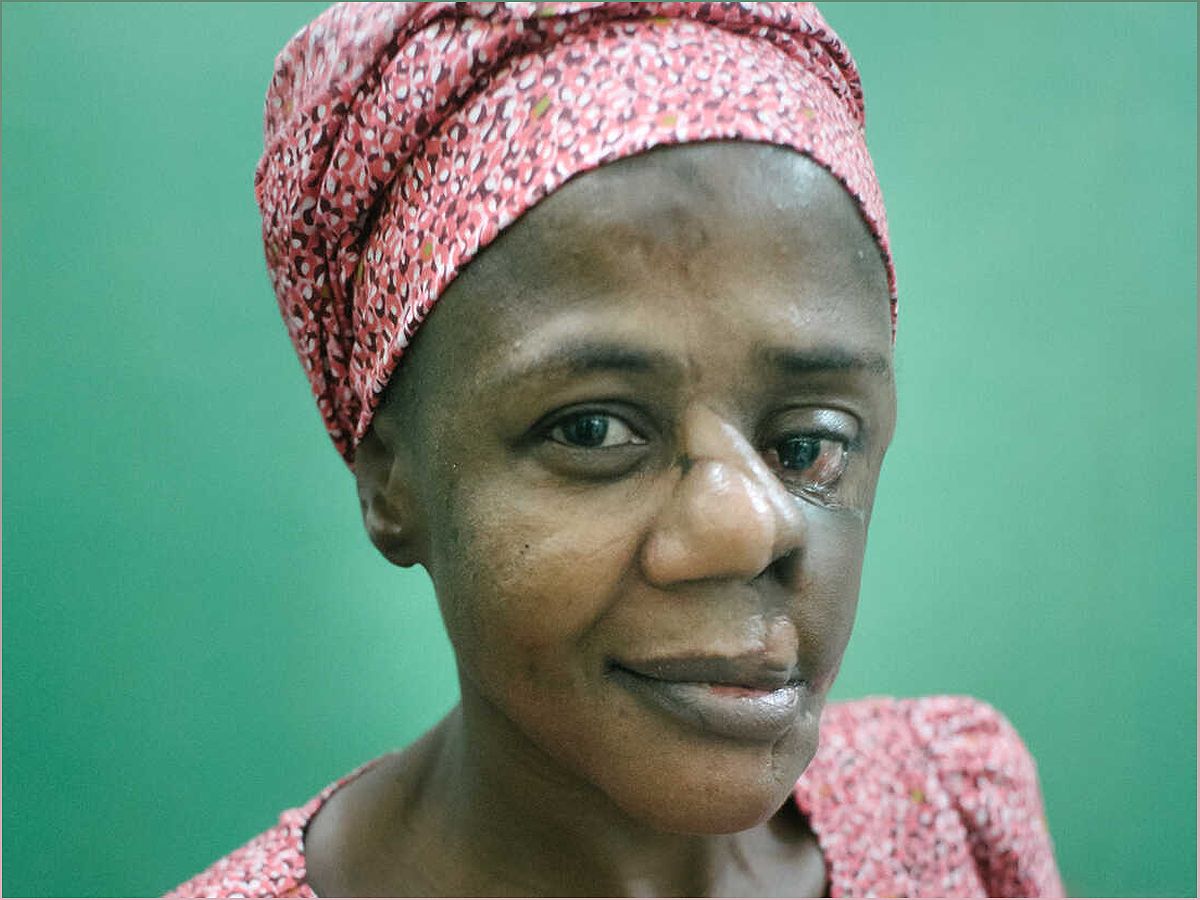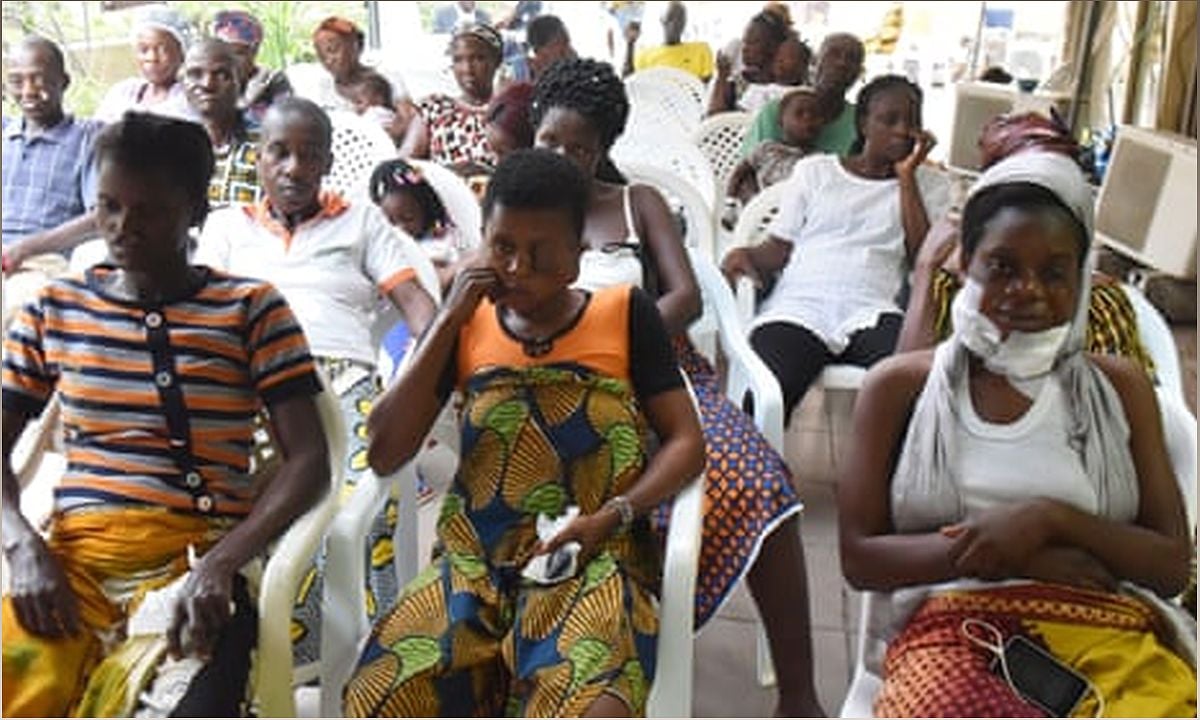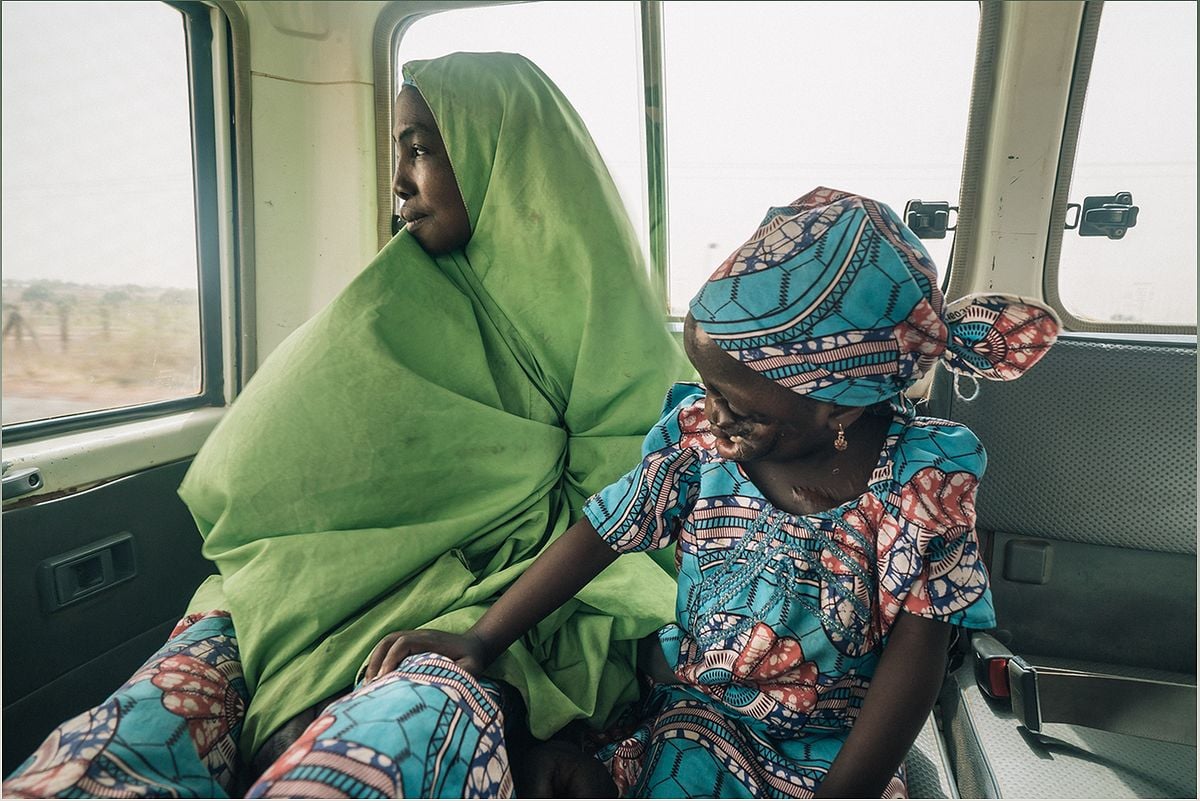Noma: The Silent Killer of Children in Impoverished Communities
Noma, a deadly gangrenous infection, silently ravages the faces of children in impoverished communities. This neglected disease has long been overlooked, but recent recognition by the World Health Organization is shedding light on its devastating impact. Discover the causes, challenges, and efforts to combat noma, as well as the inspiring stories of survivors like Mulikat Okanlawon who are guiding others on the road to recovery. Join the fight against noma and help bring hope to those affected by this silent killer.
The Devastating Impact of Noma
Noma, also known as cancrum oris, is a rare but deadly gangrenous infection that primarily affects children between the ages of 2 to 6 in regions of extreme poverty, such as parts of Africa and Asia. This devastating disease can rapidly eat away at the flesh and bone in the face, causing severe disfigurement and even death.

Without timely medical intervention, an estimated 90% of noma patients will not survive. Unfortunately, due to its rarity and lack of awareness, noma has been largely unrecognized by the global health community, leaving countless children to suffer in silence.
By shedding light on the devastating impact of noma, we can raise awareness and mobilize resources to combat this neglected disease. Together, we can make a difference in the lives of those affected by noma.
Causes and Spread of Noma
The exact cause of noma is still unknown, but it is believed to be primarily caused by bacteria in the mouth. Poor oral hygiene, malnutrition, and compromised immune systems contribute to the development of noma. The infection spreads rapidly through the soft and hard tissues of the face, creating destructive lesions and potentially entering the bloodstream.

Noma thrives in conditions of extreme poverty, where access to basic healthcare and nutritious food is limited. Inadequate sanitation, crowded living conditions, and lack of clean water further facilitate the spread of the disease. Addressing these underlying socioeconomic factors is crucial in preventing and controlling the spread of noma.
Recognizing Noma as a Neglected Tropical Disease
Learn about the recent recognition of noma as a neglected tropical disease by the World Health Organization and its implications for global efforts to combat the disease.
In a significant development, noma has been added to the World Health Organization’s list of Neglected Tropical Diseases. This recognition is a major milestone for noma advocates and survivors, as it brings much-needed attention and resources to combat the disease.

The inclusion of noma as a neglected tropical disease highlights the urgency of addressing this overlooked health crisis. It paves the way for increased funding, research, and intervention efforts to prevent and treat noma, ultimately saving lives and improving the quality of life for survivors.
Early Detection and Treatment of Noma
Early detection and treatment are crucial in combating noma and improving the chances of survival. Recognizing the early signs and symptoms, such as swelling, ulcers, and foul odor in the mouth, can help healthcare providers intervene before the infection progresses.

Timely administration of antibiotics, along with proper wound care and nutritional support, can significantly improve the outcomes for noma patients. However, limited access to healthcare facilities and lack of awareness often prevent affected children from receiving the life-saving treatment they desperately need.
Efforts are underway to increase access to healthcare in impoverished communities and educate healthcare providers about the early signs of noma. By empowering communities and healthcare professionals, we can save more lives and prevent the devastating consequences of noma.
Reconstructive Surgeries and Rehabilitation
Learn about the challenges faced by noma survivors and the importance of reconstructive surgeries and rehabilitation in restoring their quality of life.
Noma survivors often face significant physical and psychological challenges due to the disfigurement caused by the disease. Multiple reconstructive surgeries are often required to repair the damage to their faces and restore their appearance and functionality.
Rehabilitation programs play a crucial role in the recovery process, providing support and therapy to help survivors regain their confidence and reintegrate into society. These programs focus not only on physical rehabilitation but also on addressing the emotional and social impact of living with a visible difference.
By providing access to free treatment, surgeries, and rehabilitation services, organizations like the Sokoto Noma Hospital are making a profound difference in the lives of noma survivors. Their dedication and expertise offer hope and a chance for a better future for those affected by this devastating disease.
